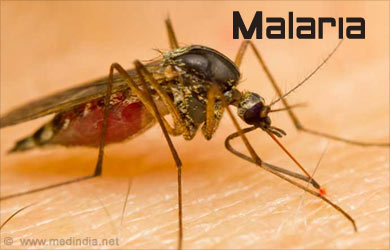During infection, malaria parasites must invade erythrocytes. Erythrocytes are flexible cells that can easily deform to make it through the tight spaces of the vasculature, but they are nevertheless fortified by a membrane-associated, spectrin-based cytoskeleton. Sisquella et al. examined the invasion process to see how the parasite manages to gain access to the erythrocyte cytoplasm. They found that early interactions between the parasite and the erythrocyte increase the local deformability of the erythrocyte membrane, promoting invasion. The parasite triggers a signaling cascade within the erythrocyte that “loosens up” its cytoskeleton. Blocking this signaling inhibited the ability of the parasites to invade….







